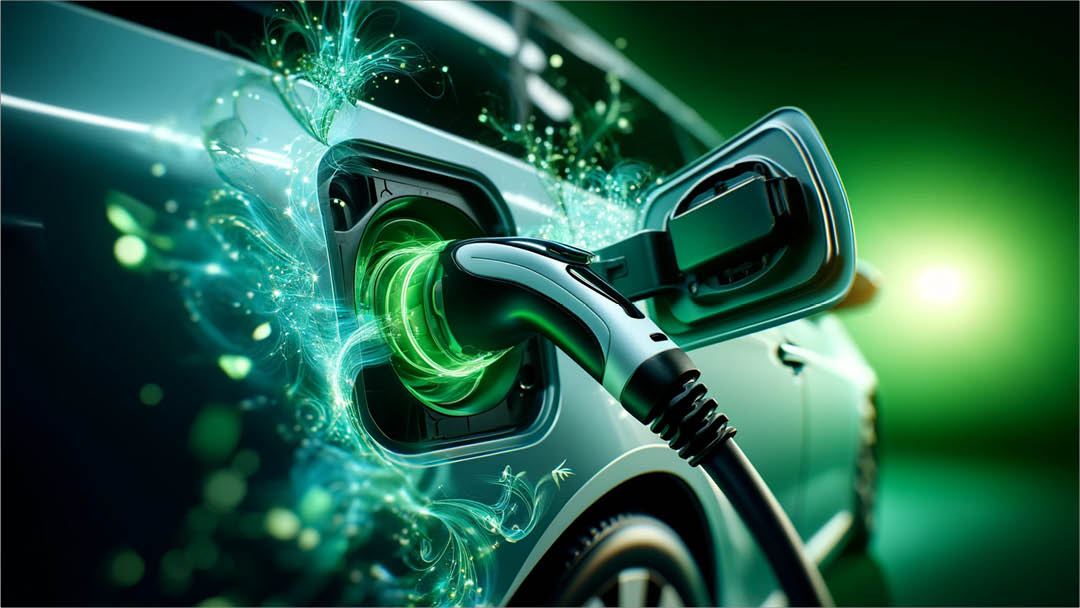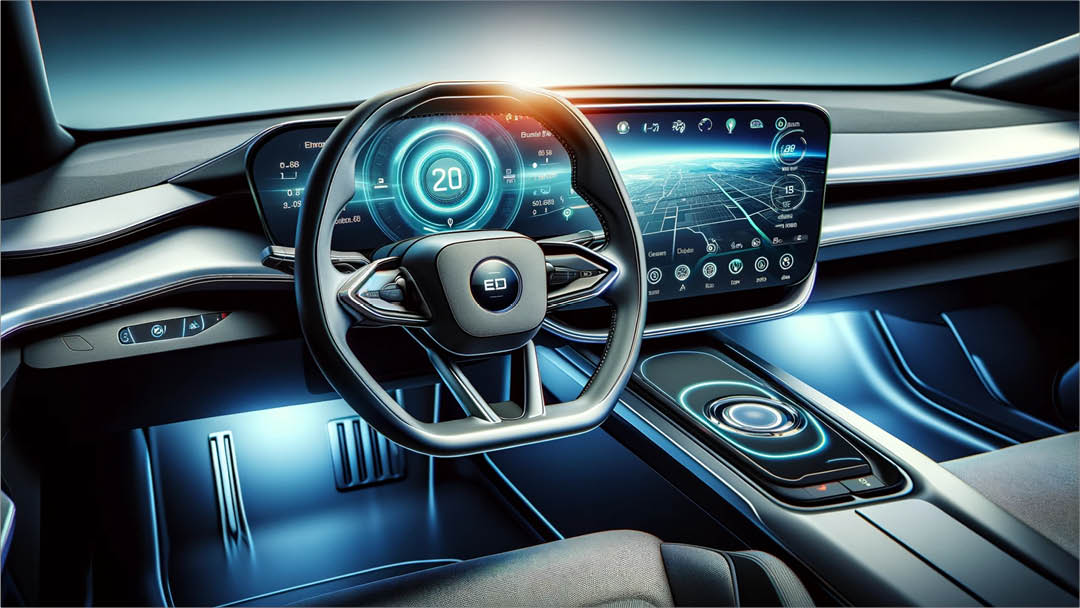In Brief
- Classic AUTOSAR is a cornerstone for building reliable, scalable, and secure telematics systems in the automotive industry.
- Its standardized architecture, modularity, real-time capabilities, and emphasis on safety are essential for complex connected car applications.
- Acsia’s expertise in AUTOSAR enables us to deliver customized telematics solutions that adhere to stringent automotive standards and accelerate time-to-market.
In the ever-evolving landscape of automotive electronics, the role of telematics has grown exponentially. Today’s vehicles are not merely modes of transport but sophisticated data centres on wheels, generating and transmitting vast amounts of information. This data drives a multitude of applications, from real-time navigation and remote diagnostics to over-the-air (OTA) updates and vehicle-to-everything (V2X) communication.
However, the complexity of telematics systems presents significant challenges. The need for real-time performance, stringent safety requirements, and interoperability with diverse hardware and software components demands a robust and standardized software architecture. This is where the Classic AUTOSAR (AUTomotive Open System ARchitecture) platform shines.
Classic AUTOSAR: A Foundation for Reliable Telematics
Classic AUTOSAR is a standardized software architecture jointly developed by leading automotive stakeholders to address the growing complexity of embedded systems in vehicles. Its modular design, layered architecture, and focus on real-time capabilities make it an ideal platform for building telematics solutions.
Key Advantages of Classic AUTOSAR in Telematics:
- Standardized Software Architecture: Classic AUTOSAR provides a well-defined software architecture with clear interfaces and specifications, promoting modularity, reusability, and interoperability. This streamlines development, reduces integration efforts, and enhances the overall quality and maintainability of telematics software.
- Modularity and Scalability: The AUTOSAR architecture enables the division of complex telematics systems into smaller, manageable software components (SWCs) with well-defined interfaces. This modularity allows for easier testing, maintenance, and scalability as new features and functionalities are added.
- Real-time Capabilities: Telematics applications often demand real-time data processing and decision-making. Classic AUTOSAR’s runtime environment (RTE) and operating system (OS) provide the necessary support for deterministic and predictable real-time behaviour.
- Hardware Abstraction: AUTOSAR abstracts the underlying hardware, enabling software components to be developed independently of specific electronic control units (ECUs). This portability allows for easier reuse of software across different vehicle platforms, reducing development time and costs.
- Safety and Security: AUTOSAR incorporates safety mechanisms compliant with ISO 26262, a critical standard for functional safety in the automotive industry. It also supports secure communication protocols and data encryption, safeguarding telematics data against unauthorized access and cyber threats.
Acsia: Expertise in Classic AUTOSAR for Telematics
At Acsia, we possess extensive experience in developing AUTOSAR-based solutions for telematics applications. Our team of skilled engineers and architects has a deep understanding of the AUTOSAR methodology, enabling us to design and implement robust, scalable, and secure telematics systems.
We offer a comprehensive suite of AUTOSAR services, including:
- Software Architecture Design and Development: We design and develop modular, scalable, and AUTOSAR-compliant software architectures tailored to specific telematics requirements.
- Software Component Development: We create reusable AUTOSAR software components for various telematics functions, such as communication, diagnostics, data logging, and application logic.
- Integration and Testing: We integrate AUTOSAR software components into the target ECU environment, ensuring seamless operation and adherence to functional safety standards. We also perform rigorous testing to validate the performance, reliability, and security of the telematics system.
- Toolchain Expertise: We are proficient in using various AUTOSAR toolchains, such as Vector DaVinci, Elektrobit Tresos, and ETAS ISOLAR, to streamline development and ensure compliance with AUTOSAR standards.
The Future of Telematics with Classic AUTOSAR
As the automotive industry continues its rapid evolution, Classic AUTOSAR will remain a critical enabler of reliable, secure, and innovative telematics solutions.
Partner with Acsia to leverage the power of Classic AUTOSAR for your next-generation telematics projects.










